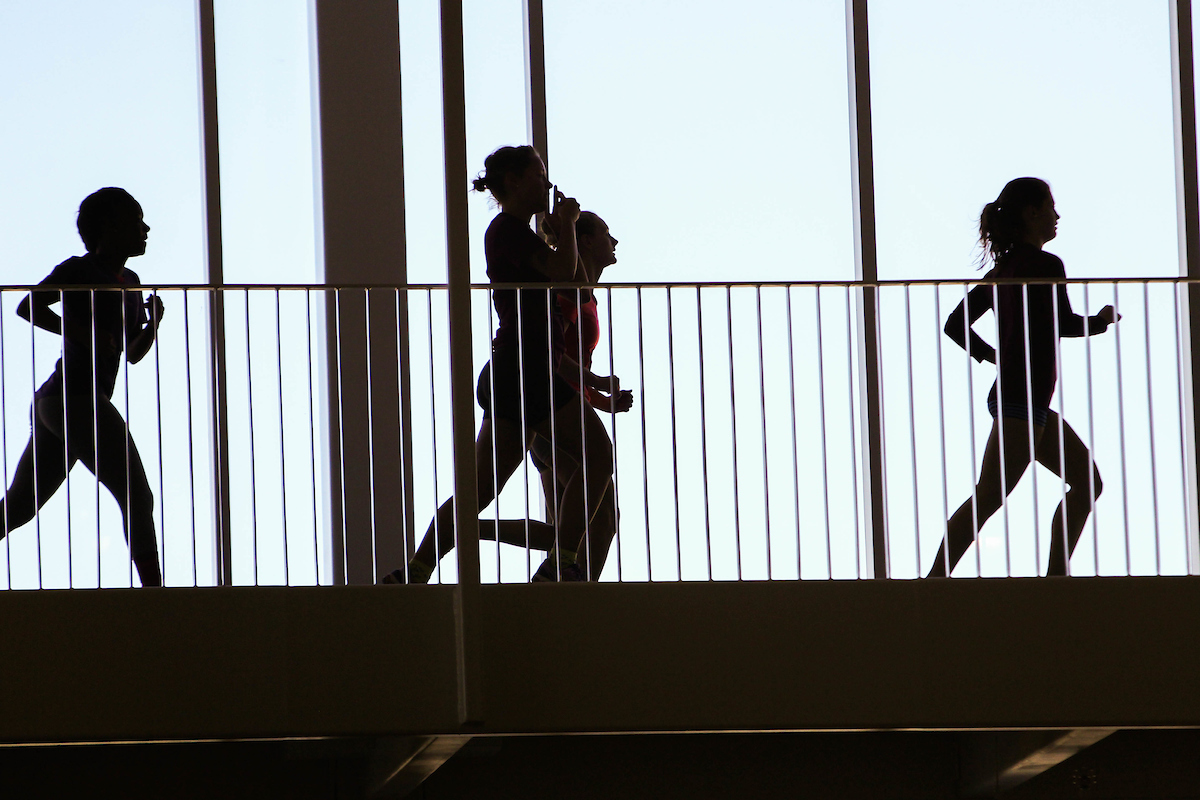Runway models, social media influencers, pageant queens, celebrities and even Barbie promote troubling body image ideals. They are almost unequivocally identified as beautiful, as evidenced by the money we spend and who we choose to idolize.
Dr. Brooke Whisenhunt has studied media influences on body image for more than 20 years. As a professor of psychology at Missouri State University, she works alongside her colleague, Dr. Danae Hudson, leading a lab of graduate and undergraduate students to research this and related topics.
For Whisenhunt, this began as a research project of pageant contestants when she was an undergraduate college student.
“I discovered that a large percentage of the women in our national pageants were actually meeting the weight criteria for anorexia nervosa. And that was a real eye-opener for me,” she said. “I’m not saying everyone in a pageant had an eating disorder, but the ideal body image being portrayed for the average woman was one that was pathological in terms of their actual body size.”
Examining body image ideals
Decades ago, Dr. Rick Gardner from the University of Colorado gathered historical and contemporary images of pageant contestants and Playboy centerfolds. He also collected height and weight data to examine body image ideals.
Whisenhunt coauthored a publication with former graduate student Frances Bozsik that built upon this research. The findings gained national attention, revealing that in addition to the ideal being taller and thinner over time, the new ideal was also muscular.
“While obviously exercise has great benefits for people, when you have an idealized image that is incredibly thin and muscular, I fear that the thing we have done is make this even more unattainable for the average person,” she said. “I think that it makes it seem like it’s healthier in an insidious way, but it’s actually more pressure.”
Explore the psychology department

